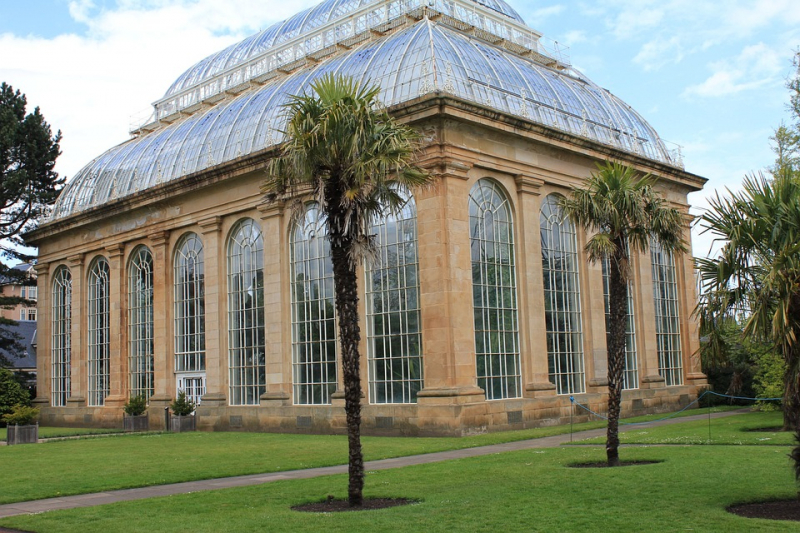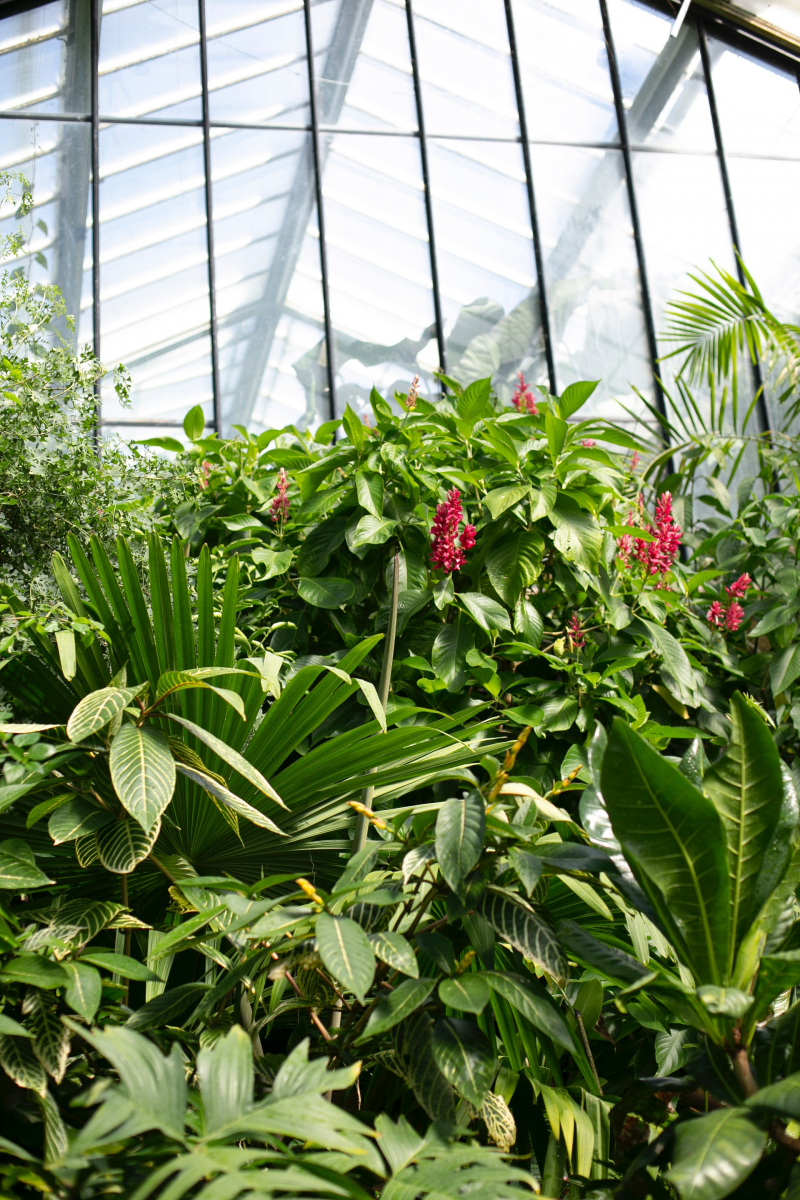The Royal Greenhouses
The Royal Greenhouses of Laeken are a massive network of colossal, heated greenhouses in the garden of the Royal Palace in Laeken, Belgium. There are tropical, subtropical, and cold greenhouses in the historic complex. Alphonse Balat planned and built the greenhouses for King Leopold II. They are currently part of the Royal Domain and the Belgian Royal Family's royal private gardens and are open to the public just a few days a year. The Stuyvenbergh metro station on Brussels Metro line 6 serves this location.
The Winter Garden of the palace at Laeken is still used for royal receptions. Every year in the spring, at the desire of King Leopold II, the greenhouses are partially opened to the public for twenty days. This custom has been continued by all subsequent kings. Today, the greenhouses are occasionally utilized for modern art exhibitions and installations, such as Alexandre Dang's The Dancing Solar Forget-Me-Not for the International Day of Missing Children in 2010 (in collaboration with Child Focus).
The Royal Greenhouses of Laeken are one of Belgium's most important 19th-century landmarks. They were totally made of metal and glass, which was a fantastic novelty at the time (as was the Crystal Palace in London). This structure appears to be a glass metropolis located amid a mountainous setting. It is distinguished by massive pavilions, glass domes, and vast galleries that flow across the countryside like covered streets. This massive facility has a total floor area of 2.5 hectares. Each year, around 800,000 gallons of fuel oil are used to heat the buildings.
The round-domed Winter Garden, with a circumference of 57 meters and a height of 25 meters, is constructed up of a series of concentric cast iron trusses that are supported halfway through their span by a round Doric colonnade. The trusses' starting and ending points are on the ground, giving the greenhouse the appearance of a glass dome supported by flying buttresses. Because of its massive size, Congolese palm trees might be planted in the rotunda. The Winter Garden, the complex's primary structure, was equally significant in the development of cast-iron architecture.
Location: Laeken, Belgium











